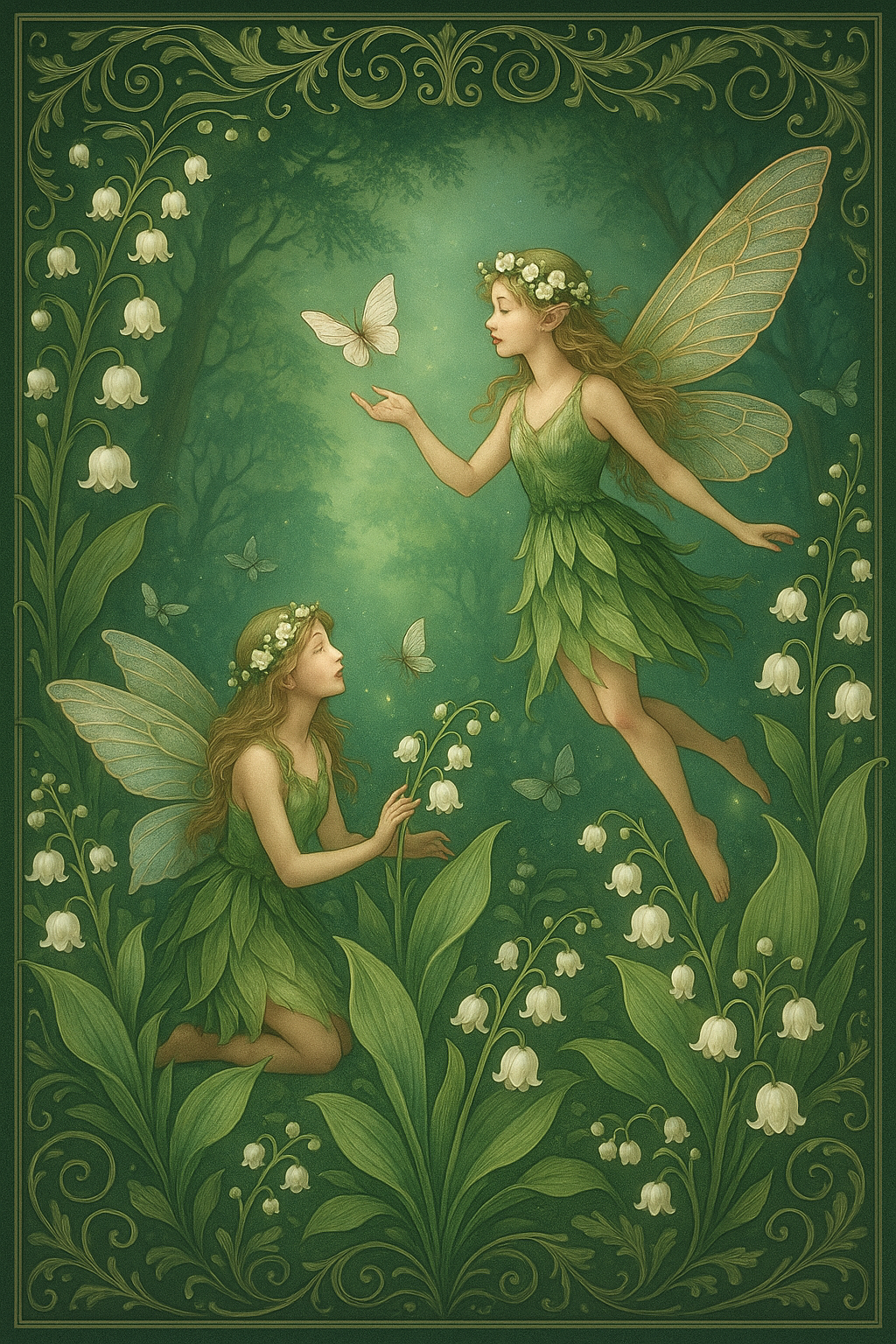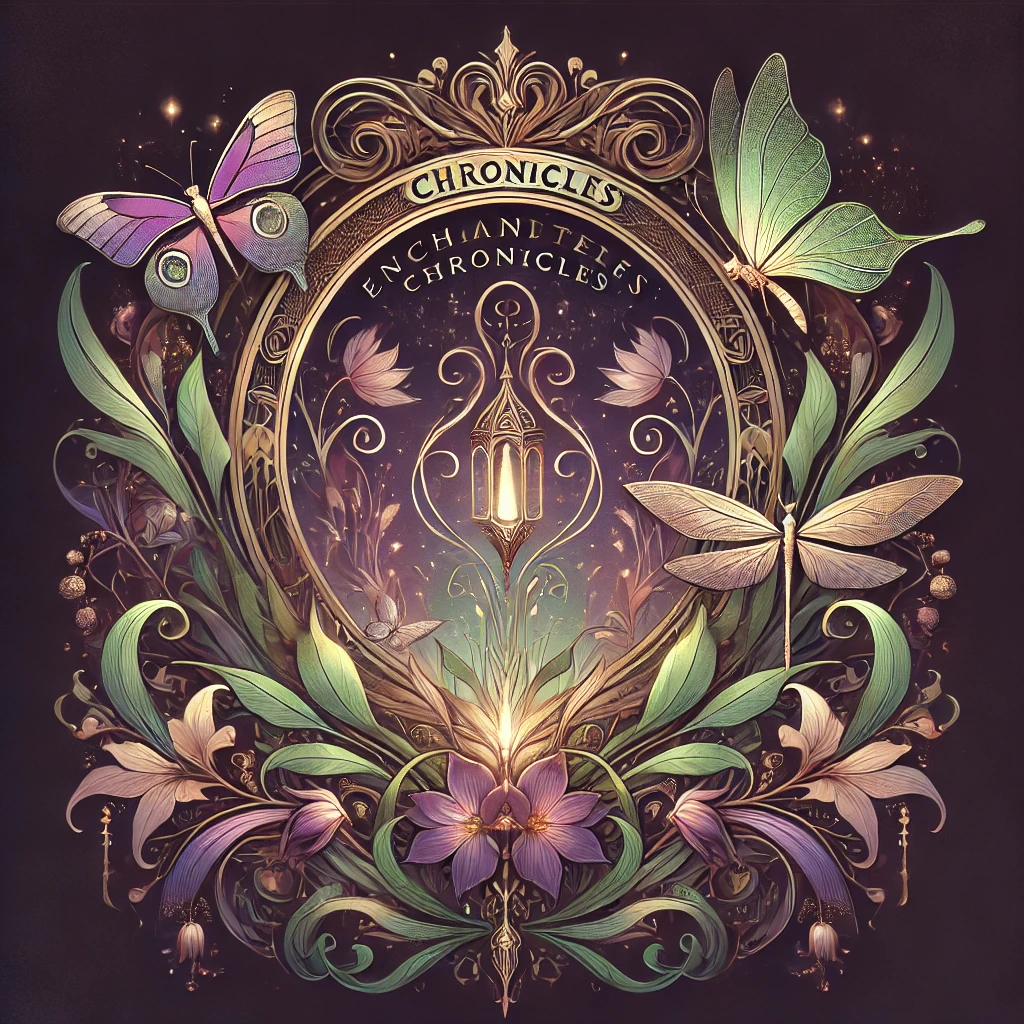Discover the 800-Year-Old Lily of the Valley Legend That Still Blooms Every May
Step into a timeless French tradition where myth, royalty, and nature converge. Find out why the Lily of the Valley, also know as Muguet in French, isn’t just a flower—it’s a story of joy, legacy, and magic reborn each spring.

By : Elaris Windglimmer

The Magic of May: The Enchanting Legend of the Lily of the Valley
Each year on May 1st, streets across France bloom not just with what they call “Muguet“, but with sentiment, tradition, and the soft fragrance of lily of the valley.
Their small white bells nestled among emerald green leaves are exchanged with smiles and wishes of happiness.
But behind this charming custom lies an ancient and mystic tale—a legend that has weathered time, shifting from pagan roots to royal rituals and modern folklore.
The Legend of the Muguet
The legend begins in the realm of Celtic mythology.
To the ancient Druids, lily of the valley was a sacred flower symbolizing the return of happiness. According to oral tradition, it would bloom at the start of May, when the world reawakened from the cold slumber of winter. These delicate flowers were believed to summon good spirits and protect against evil, acting as a natural talisman of the forest.
Centuries later, another layer of legend emerged.
One version tells of the tears shed by the Virgin Mary at the crucifixion of Christ, which fell to the ground and transformed into lily of the valley. In this version, the flower is a symbol of purity and sorrow, its shape like tiny teardrops frozen in time.
However, the most enduring and widely recognized tale involves French royalty.
In 1560, a young King Charles IX received a sprig of lily of the valley while traveling through the Dauphiné region. Delighted by its fragrance and symbolism, he began the tradition of offering the flower to the ladies of his court every May 1st. The gesture quickly gained popularity among the French aristocracy and, over time, became a national tradition of offering joy and good luck.
History, Society, and the Roots of the Ritual
The use of plants in folk celebrations has always been central to agrarian societies. May Day itself, long before becoming associated with labor rights, was a celebration of spring and fertility.
In pagan festivals like Beltaine, flowers were hung on doorways, and bonfires lit to ward off dark spirits. The lily of the valley became the crown jewel of these customs due to its timing and beauty.
Though much of early Celtic lore was passed down orally, records of the flower’s significance appear in medieval herbals and religious texts. The transition from oral tradition to royal endorsement with Charles IX cemented its place in French society.
As France evolved, so too did the meaning of May 1st. By the late 19th century, the day became associated with workers’ rights and the socialist movement. Yet the Muguet remained, now handed out during labor marches and celebrations, uniting two seemingly separate histories: the joy of spring and the dignity of labor.
Modern Celebrations and Traditions
Today, the legend of the “Muguet” is alive and well across France, blending folklore, romance, and cultural pride.
Each May 1st, it’s legal for anyone—even without a florist’s license—to sell bouquets of Muguet in the streets.
Children often handpick the flowers from gardens or woods and offer them to family members or teachers, continuing the tradition of sharing happiness.
In towns like Nantes and Lyon, local markets overflow with variations of the flower: in baskets, tiny pots, or wrapped in lace. Artisans create perfumes and soaps infused with its delicate scent, and bakeries offer lily-shaped confections made from white chocolate or sugar.
The flower also makes appearances in local festivals. In some rural communities, May Day parades include “May Queens” adorned in floral garlands.
Couples exchange the flower as a token of affection, and its presence is nearly ubiquitous in seasonal art and design.
More recently, eco-conscious celebrations have tied the flower to environmental awareness. Some regions organize forest walks or gardening workshops to promote biodiversity and the protection of native flora—including Convallaria majalis, the lily of the valley.
An Enduring Symbol
Despite its delicate appearance, the Muguet has proven remarkably resilient. Its legend has adapted to royal courts, revolutionary fervor, and modern sustainability efforts. It represents not just a fleeting bloom, but a perennial human hope for happiness, connection, and renewal.
So on May 1st, when someone hands you a sprig of lily of the valley, remember: you’re not just receiving a flower. You’re holding a story rooted in centuries of myth, memory, and magic, and a wish of good luck.
Join our community of readers Subscribe To our newsletter!

Enchanted Chronicles: Ignite the Myths Within
Step into a world where ancient myths are no longer confined to books—they are part of your journey.
Sign up for free!
We won’t send you spam.
Unsubscribe at any time.
